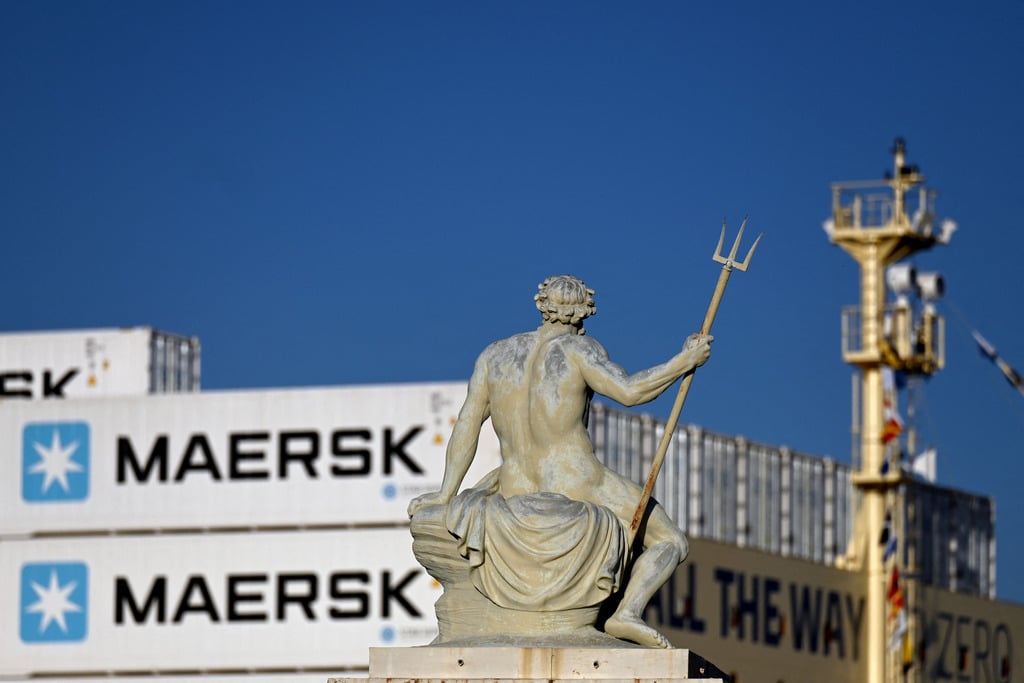Maersk warns of major disruption as it diverts ships from Red Sea


COPENHAGEN: Container shipping giant Maersk is diverting all vessels from Red Sea routes around Africa’s Cape of Good Hope for the foreseeable future, it said today, warning customers to prepare for significant disruption.
Shippers across the world are switching away from the Red Sea – and so the shortest route from Asia to Europe via the Suez Canal – after Iranian-backed Houthis in Yemen stepped up attacks on vessels in the Gulf region to show their support for Palestinian Islamist group Hamas fighting Israel in Gaza.
The trip round Africa can add about 10 days to journey times and requires more fuel and crew-time, jacking up shipping costs.
Denmark’s Maersk had said earlier this week it would pause all vessels bound for the Red Sea following an attack on one of its ships by Houthi rebels, and has since begun redirecting ships around Africa.
“The situation is constantly evolving and remains highly volatile, and all available intelligence at hand confirms that the security risk continues to be at a significantly elevated level,” Maersk said in a statement today.
As a result, the company will divert all Maersk vessels around the Cape of Good Hope “for the foreseeable future”.
The US on Dec 19 launched a multinational operation to try to safeguard commerce in the Red Sea, but many shipping companies and cargo owners are still diverting vessels around Africa due to continued attacks.
Yesterday, Maersk rerouted four out of five southbound container vessels that had already passed through the Suez Canal back north for the long journey around Africa.
“While we continue to hope for a sustainable resolution in the near future and do all we can to contribute towards it, we do encourage customers to prepare for complications in the area to persist and for there to be significant disruption to the global network,” Maersk said.
The Suez Canal is used by roughly one-third of global container ship cargo, and re-directing ships around the southern tip of Africa is expected to cost up to US$1 million extra in fuel for every round trip between Asia and Northern Europe.
Desain Rumah Kabin
Rumah Kabin Kontena
Harga Rumah Kabin
Kos Rumah Kontena
Rumah Kabin 2 Tingkat
Rumah Kabin Panas
Rumah Kabin Murah
Sewa Rumah Kabin
Heavy Duty Cabin
Light Duty Cabin
Source























